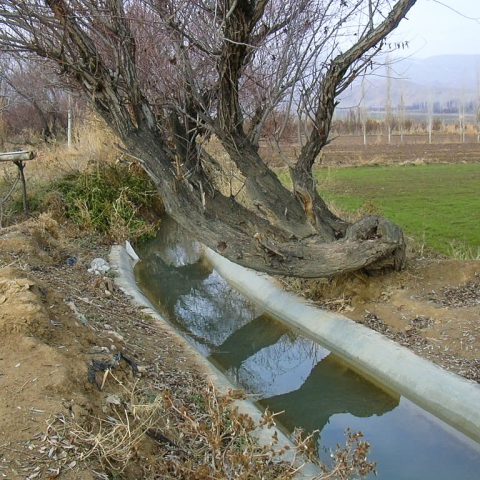EIA study of Gomishan shrimp breeding complex
Investor Name:
Published Date:
Location:
Value:
Architecture:
About Project
For optimum utilization of the environmental potential of Gomishan region and in order to increase the shrimp exportation and per capita production of protein in the country, as well as to create suitable job opportunities and reduce deprivation, the establishment of the Gomishan shrimp breeding complex has been planned by Golestan Fisheries Department. In this study, the environmental impacts caused by shrimp breeding complex with an area of 4,000 ha on the environment of Gomishan wetland, and the Caspian Sea (Golestan coastal areas) were investigated and relevant environmental solutions were proposed to prevent discharge of wastewater directly into the wetland. The most important goals in designing and operating the Gomishan shrimp breeding complex are to produce at least 5,000 tons of shrimp in each 4 months, optimal use of marine resources and saline water and wastelands in Gomishan, and development of facilities and infrastructure.
Description of actual services provided by your staff within the assignment:
Regarding the studies carried out on the climatic conditions in this area and making comparison with the living and environmental conditions for native shrimps in Iran, it has been found that the cultivation of Indian prawn is of very high possibility. Therefore, Indian Prawn was considered as the main species for farming, and environmental impacts in the region were also assessed with respect to this species. Regarding the temperature changes in the area, the period of breeding and farming of this species is about 5.5 months (April to mid-October) in Gomishan region. To supply water for project, water from the Gomishan Wetland would be taken by the main water supply canal and would be distributed through four north-south canal to the complex. The effluent from pools would return to the wetland through 5 canals. Suitable environmental solutions were also provided to prevent discharge of effluent directly into the wetland.









